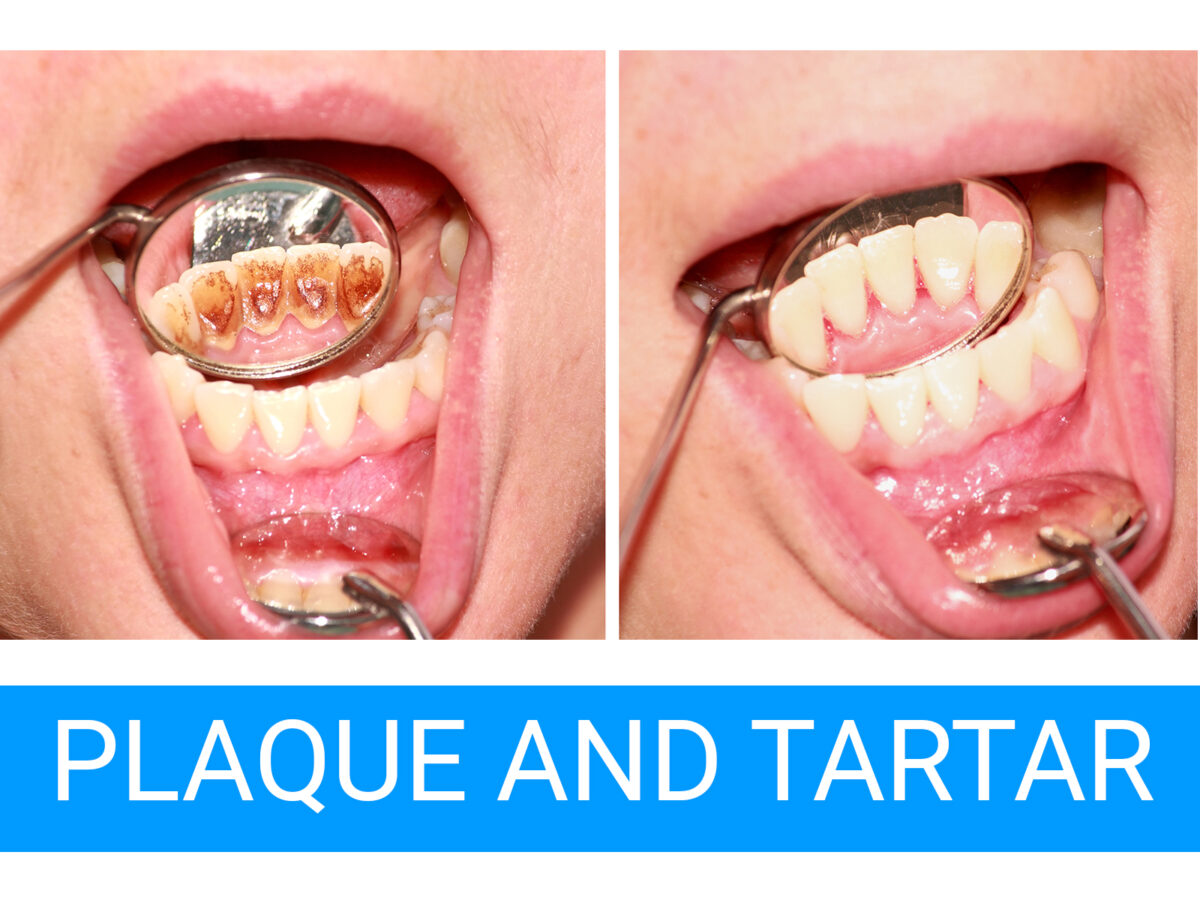Blog
Dental hygiene tips for healthy teeth & gums

Why are my teeth black in between?
Immaculate, sparkly and aligned teeth are nothing less than a dream come true, and everyone desires to possess such flawless dental features. But, the fact remains that pearly whites are a rarity, and usually, the color of the teeth of a large section of the population varies from whitish-yellow to whitish-gray. A slight yellow tint is normal and inevitable. Furthermore, many factors like aging, dietary patterns, and genetics determine the staining, coloration, and discoloration that our teeth will experience with time.
But, something that is not normal or natural is black teeth and black triangles in between teeth. The black triangles or black spaces between your teeth are called open gingival embrasures. In addition to the aesthetic cacophony, the blank crevices are a symptom of looming dental diseases, and you should never ignore them. Studies have revealed that 67 percent of people above the age of 20 have gingival embrasures.
Black teeth, on the contrary, are usually caused due to extrinsic or intrinsic factors. Extrinsic causes of black teeth are external influences such as staining, tartar buildup, and so forth. Intrinsic causes of black include problems that stem inside the teeth, and the results are visible on the outside.
Reasons for black triangles in between teeth
Black triangles called gingival embrasures may appear in between teeth for several reasons.
- Aggressive brushing of teeth can damage the gums and lead to gingival embrasures.
- Gum tissues are the Holy Grail ‘cushions’ that fill up spaces between teeth. But, aging, smoking, and gum problems may cause gums to recede from the teeth. Thus, the roots are exposed and become vulnerable to bacteria, caries, and plaque.
- Some orthodontic treatments may also cause small triangles to develop in between teeth.
Taking optimal care of the gums is essential to prevent gingival embrasures. Gum diseases like periodontitis can aggravate the blank triangles and further enlarge them. A healthy and gentle oral hygiene regimen is vital to tackle the formation of triangles in between teeth. Veneers, fillings, braces, and surgical remedies are some of the corrective measures for gingival embrasures.
Reasons for black teeth
Some of the typical extrinsic and intrinsic causes that may be making your teeth look black are:
- Staining: Food items like coffee, wine, tea, etc., contain chemicals called tannins that stain the teeth, making them look foggy and dull.
- Cavities: Small black holes are a consequence of cavity attack on teeth. At times, these black holes may take on a dark and displeasing appearance.
- Dental restorations: Certain dental intercepts like braces and crowns comprising amalgam may cause teeth to appear black.
- Treatments and medications: Cancer treatments like chemotherapy and radiation therapy results in discoloration of the teeth, albeit the effects are temporary. Moreover, medications like iron supplements and some antibiotics may also make your teeth appear black.
Often, preventive methods are the best to keep teeth white, strong, and healthy. But, restorative techniques like cleaning and tartar removal, etc., recommended by a professional are also equally helpful.
Book Appointment to find out which treatment might be best for you.


